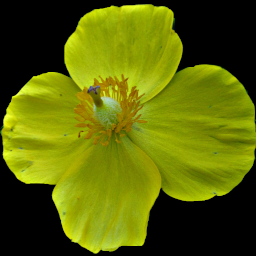Two early bloomers among the Trilliums in Bird Park, Mount Lebanon, where they were beginning to bloom in late April. This species is most commonly mahogany red in most of its range, but in our area the white form (more pictures here and here) is most common. There is also a pink form and a greenish-yellow form.
Gray describes the genus and the species:
TRÍLLIUM L. WAKE ROBIN. BIRTHROOT. Sepals 3, lanceolate, spreading, herbaceous, persistent. Petals 3, larger, withering in age. Stamens б; anthers linear, on short filaments, adnate. Styles awl-shaped or slender, spreading or recurved above, persistent, stigmatic down the inner side. Seeds ovate, horizontal, several in each cell. — Low perennial herbs, with a stout and simple stem rising from a short and praemorse tuber-like rootstock, bearing at the summit a whorl of 3 ample, commonly broadly ovate, more or less ribbed but netted-veined leaves, and a terminal large flower; in spring. (Name from tree, three; all the parts being in threes.) — Monstrosities are not rare with the calyx and sometimes petals changed to leaves, or the parts of the flower increased in number.
Ovary and fruit 6-angled and more or less winged.
Flower pediceled; connective narrow, not produced; leaves subsessile.
Anthers at anthesis exceeding the stigmas.
T. eréctum L. Leaves very broadly rhombic, shortly acuminate ; peduncle (2—8 cm. long) usually more or less inclined or declínate; petals ovate to lanceolate (18-36 mm. long), brown-purple or often white or greenish or pinkish; stamens exceeding the stout distinct spreading or recurved stigmas; ovary purple; fruit ovoid, 2.5 cm. long, reddish. — Rich woods, e. Que. to Ont., southw. to Pa. and in the mts, to N. C. — Flowers ill-scented.


